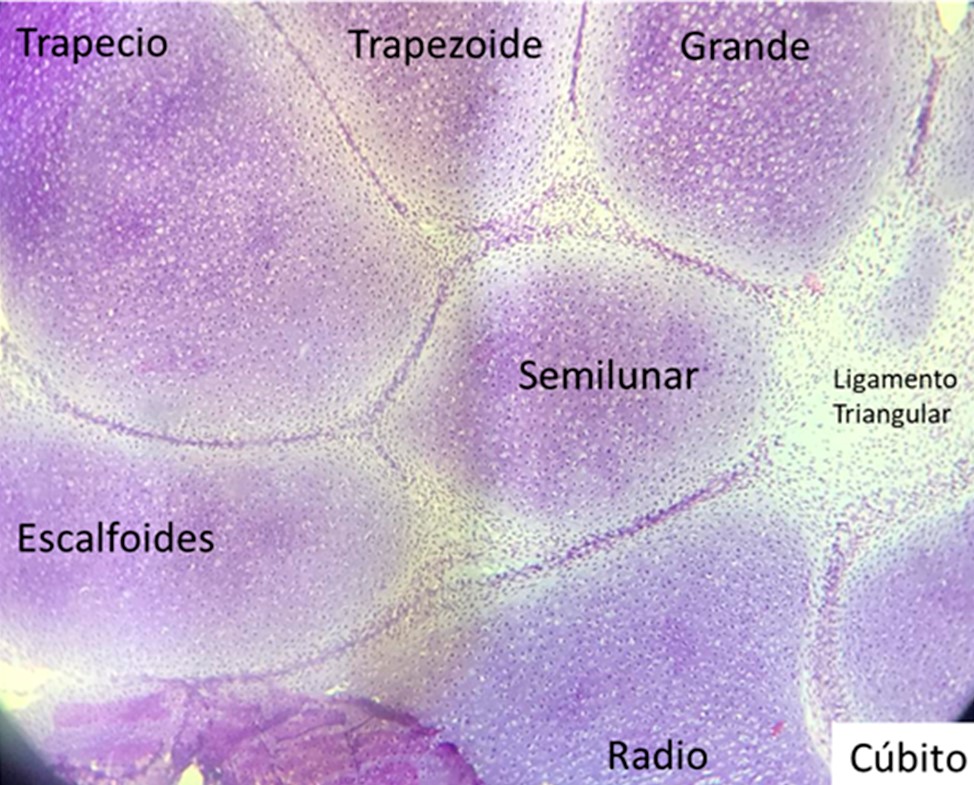Abstract
Introduction: Stevens Johnson syndrome (SJS) and toxic epidermal necrolysis (TEN) are rare, uncommon dermatological reactions usually associated with drug use. They are characterized by damage and detachment of the epidermis, with involvement of mucous membranes. Usually the onset of symptoms 4-28 days after the start of the medication. In the present case, the adverse reaction occurred after the increase in the dose of carbamazepine. Although this association has been poorly described in the literature, it is important that health personnel know about this, since the timely withdrawal of the causative agent has prognostic importance. Methods and results: This article describe the case of a 79-year-old patient with frontotemporal dementia, treated with carbamazepine and subsequently with dose adjustment at 8 days presented SJS with rapid progression to TEN. Conclusions: The identification of the causative agent is vital in patients with toxicodermas and a medication previously tolerated by the patient should not be ruled out as an etiological agent.

This work is licensed under a Creative Commons Attribution 4.0 International License.
Copyright (c) 2020 Marìa Manuela Moreno Echeverri, Sandra Milena Caicedo Correa, Diego Andrès Chavarro Carvajal



